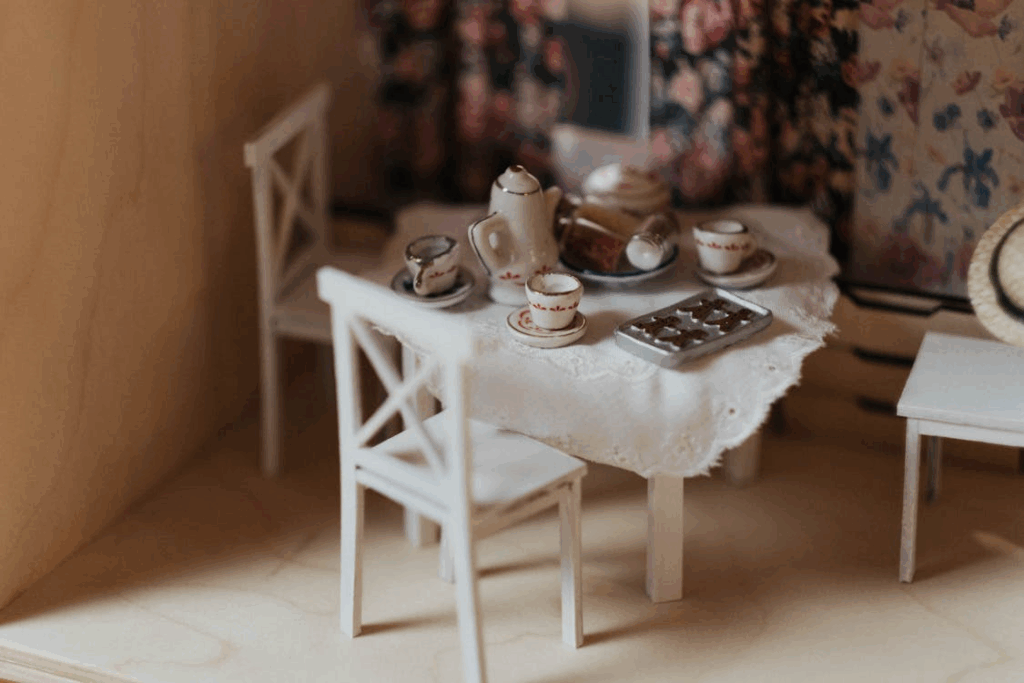Walk into a bright yellow room, and you might feel more energized. Step into one painted deep blue, and your heartbeat slows without you even noticing. Color is more than decoration. It’s silent color psychology at work.
For centuries, artists and designers have used color to stir emotion, influence behavior, and create atmosphere. Modern science now backs up what intuition has long known: color can subtly shape our mood, focus, and even our appetite.
We don’t just see color; we experience it. And whether in nature, in fashion, or on our digital screens, the shades around us constantly influence how we feel.
The Science of Color and Emotion
Color perception begins in the eyes but quickly engages the brain’s emotional centers. When light enters the retina, it activates cone cells that interpret wavelengths as color. Those signals then travel to the hypothalamus, the region that regulates mood, energy, and hormones. This means colors can trigger measurable physiological changes by altering heart rate, alertness, or relaxation.
Studies have shown that blue light tends to calm the nervous system and promote focus, which is why it’s common in workplaces and healthcare settings. Red, on the other hand, raises energy levels, increases appetite, and can even heighten alertness or aggression. That’s part of why fast-food brands favor red and yellow. These colors stimulate hunger and quick decision-making.
Meanwhile, green is often associated with balance and renewal. Exposure to green hues, even in images of nature, has been linked to reduced stress and improved concentration. Yellow evokes optimism but can become overwhelming when overused, while purple and pink can elicit feelings of creativity, empathy, or calm, depending on shade intensity.
In short, color doesn’t just paint our surroundings; it primes our emotions.
Check out The Forgotten Origins of Common Phrases for a quick tour of how language shapes what we feel and notice.
How Culture Shapes Color Meaning
While biology plays a role, color’s emotional meaning also depends on culture and context. In Western societies, white often symbolizes purity or simplicity, while in some Eastern traditions, it represents mourning. Similarly, red can symbolize love and power in one culture and danger or taboo in another.
Color psychology isn’t universal, but patterns do emerge. For instance, blue consistently ranks as one of the world’s most liked colors, likely because it’s associated with calm skies and dependable seas. That shared connection to nature may explain why blue branding conveys trust, stability, and professionalism across cultures, from banks to tech companies.
Marketing experts rely on these subconscious associations. Research shows that as much as 90% of snap judgments about products are based solely on color. A brand’s choice of hue can instantly communicate energy, luxury, safety, or playfulness, long before a single word is read.
See How Algorithms Decide What You’ll See Next to compare how invisible systems capture your attention.
Bringing Color Into Your Everyday Life
Understanding color psychology isn’t just for designers. Small choices, such as the colors you wear or the people you surround yourself with, can subtly shift your mindset and productivity.
If you want to feel focused, add cool tones like blue or green to your workspace. For creativity, warm hues like orange or coral can spark new ideas. A soft neutral palette in bedrooms encourages relaxation, while a pop of bright color in workout gear can boost motivation.
Lighting also matters. Natural light enhances the effects of all colors, while artificial light can distort them. Warm, golden light makes reds and yellows cozier; cooler LED light strengthens blues and grays. By becoming mindful of these details, you can design spaces that support your emotional goals rather than fight against them.
Ultimately, color is the most immediate language we all speak fluently, even when we’re unaware of it. Every shade tells a story, and if you learn to listen, you can use it to write the emotional script of your own environment.
Explore The Secret Symbols Hidden in Medieval Art for a look at how iconography carried coded meaning.




